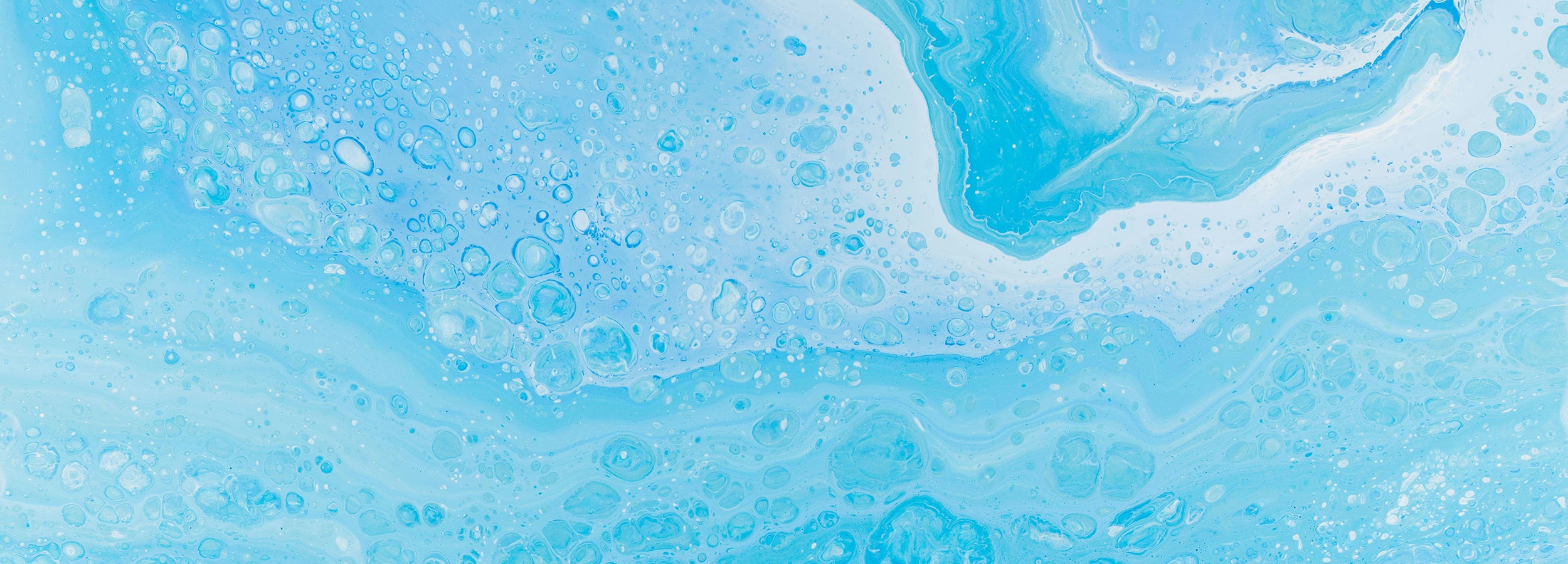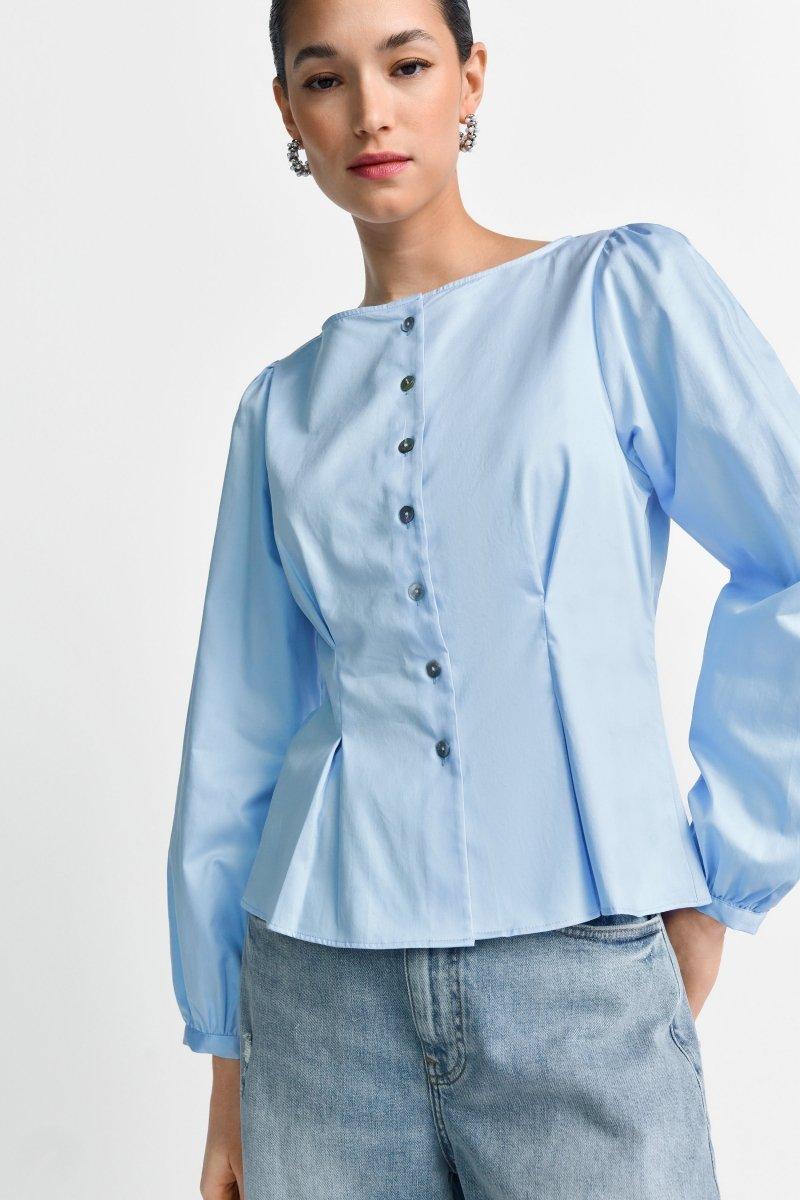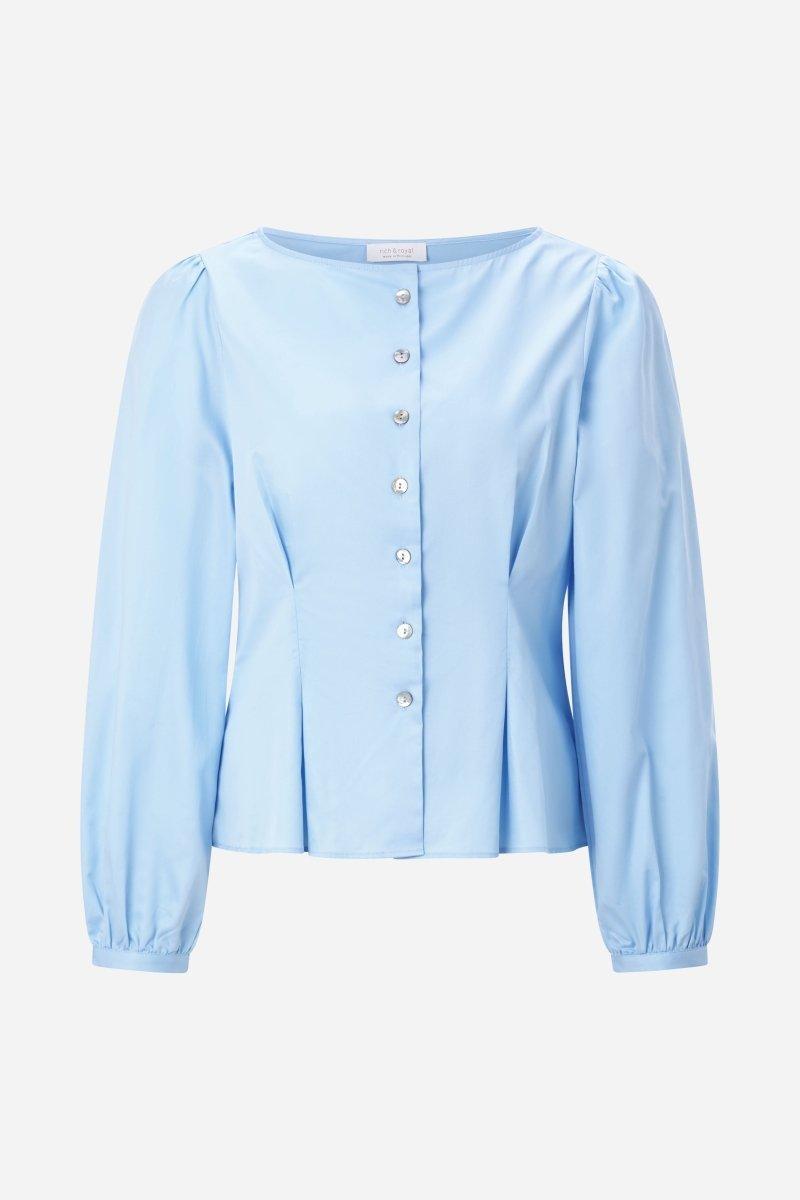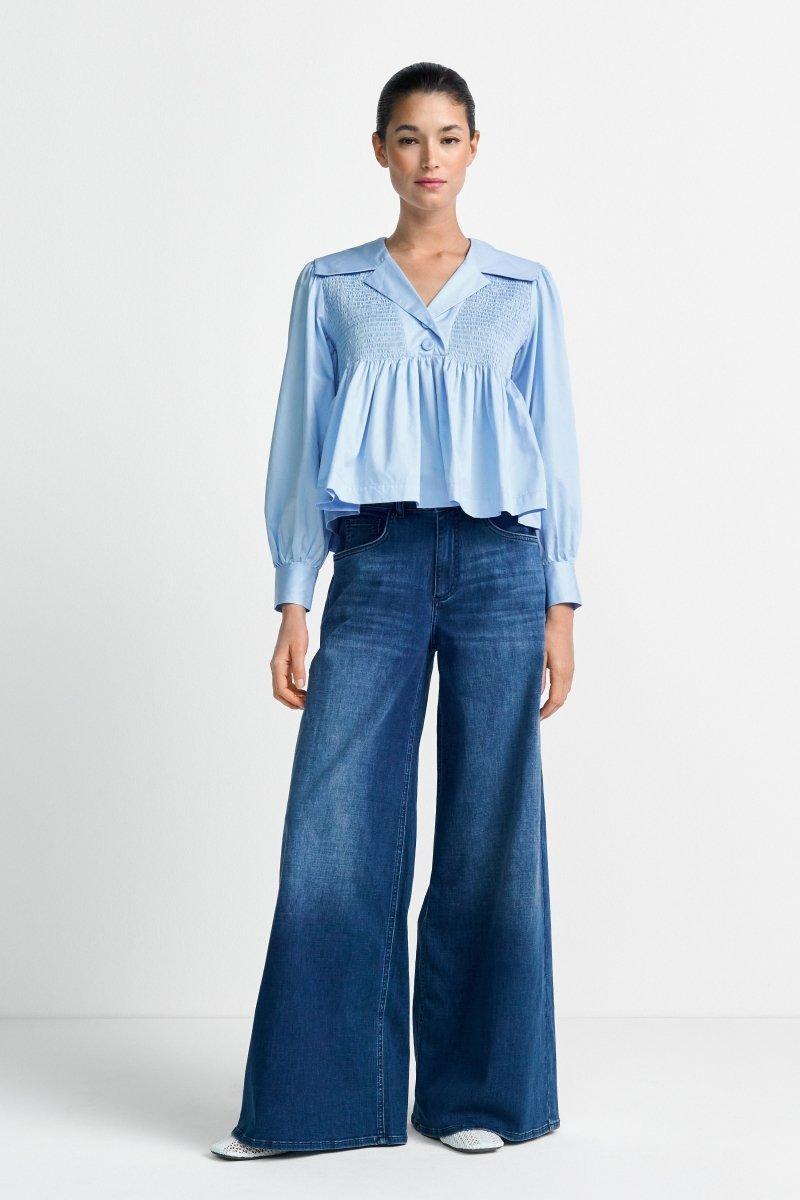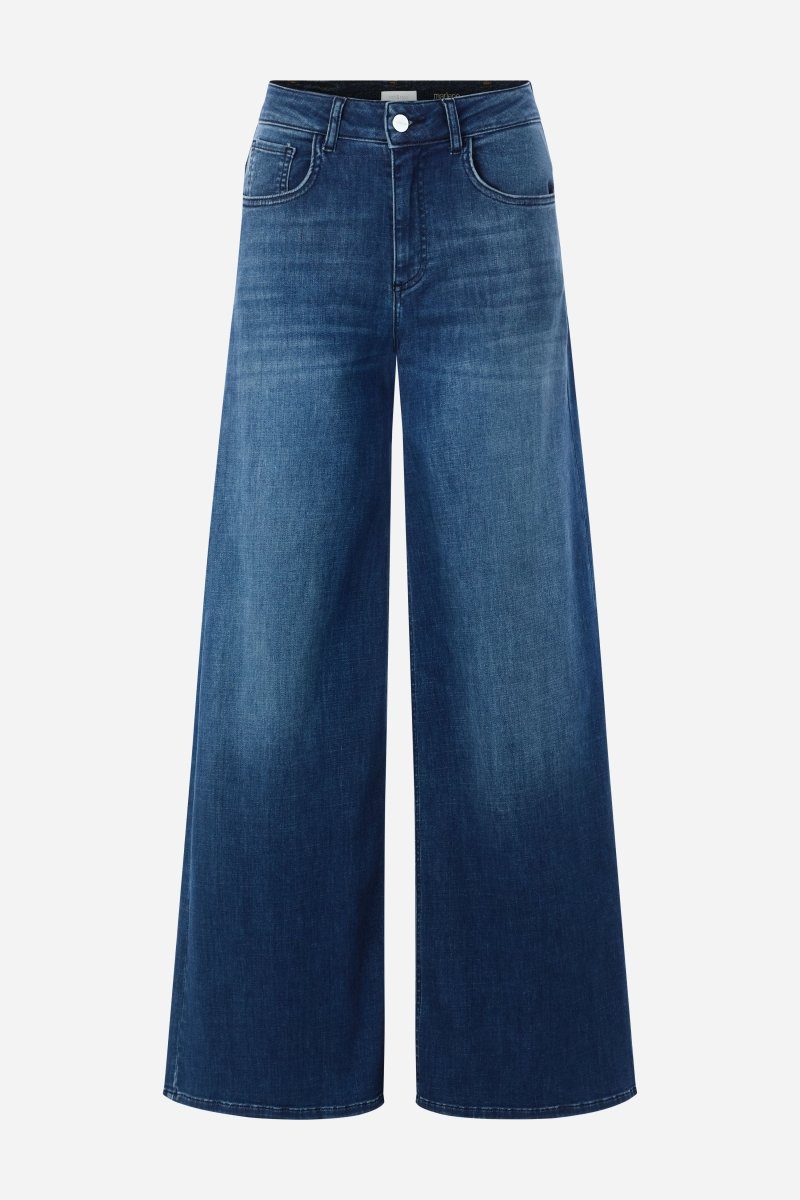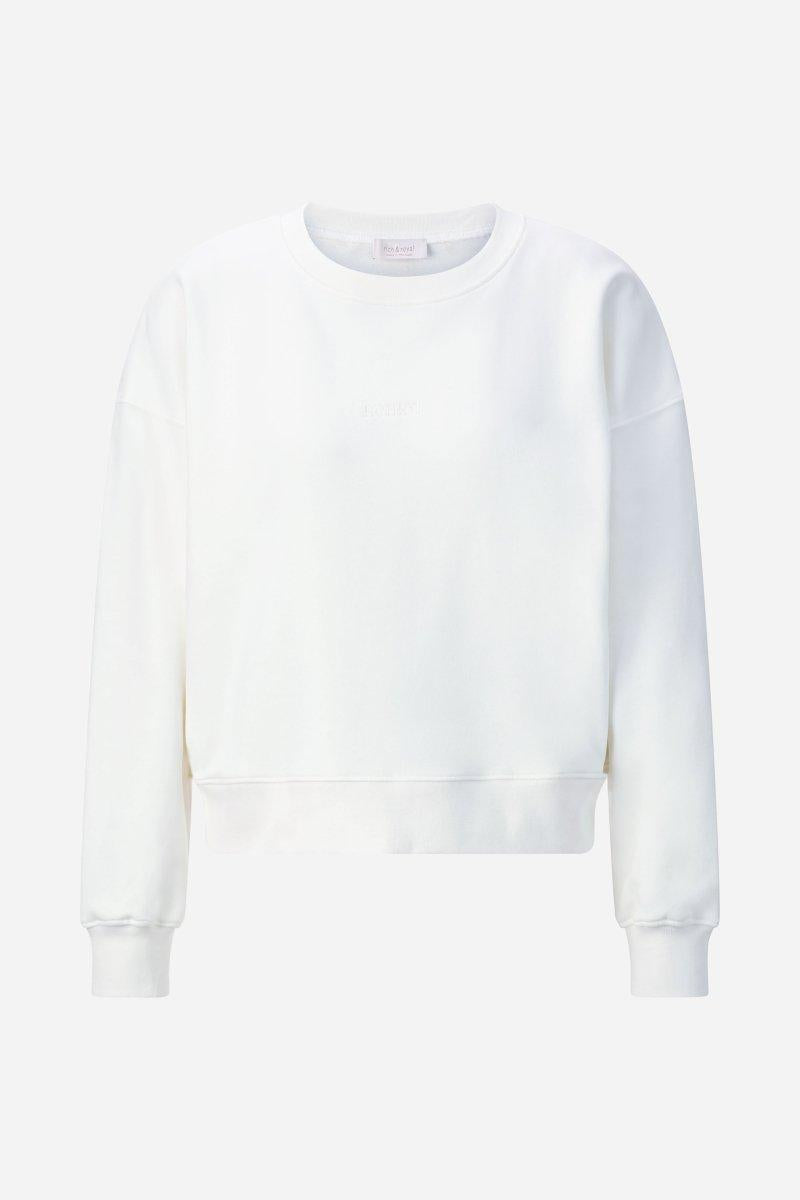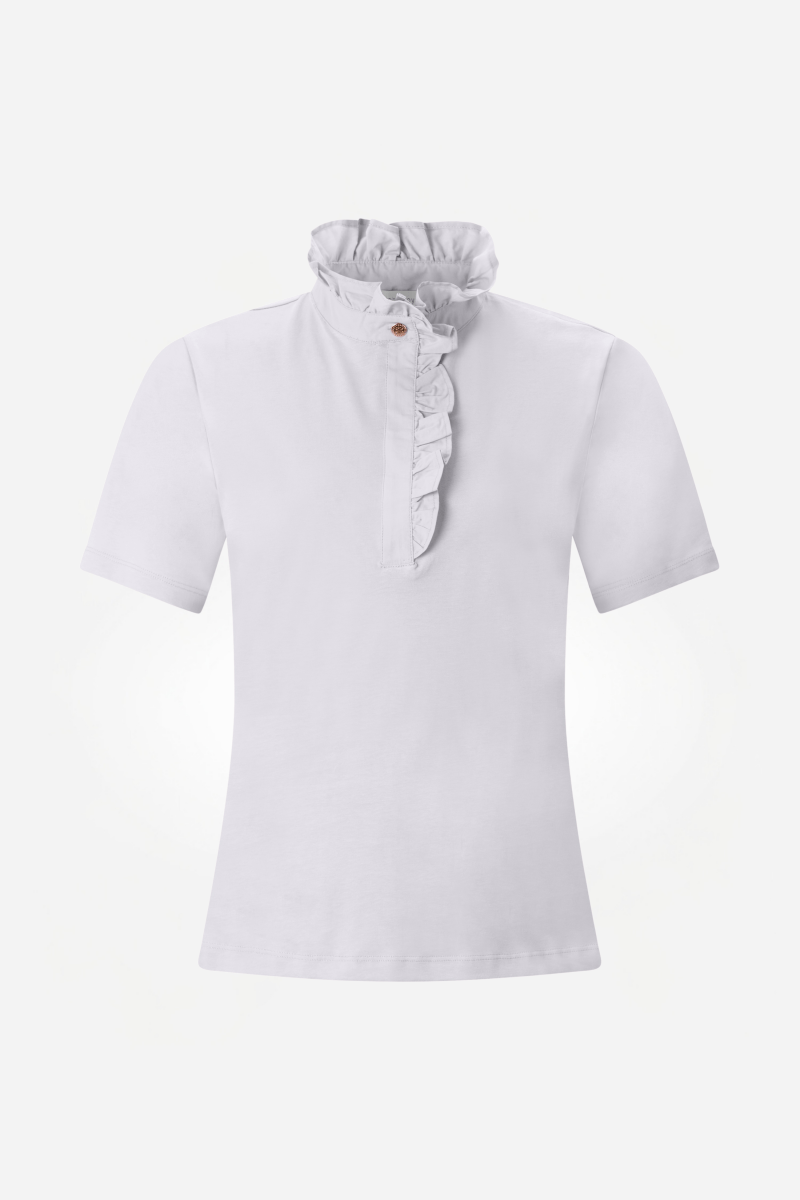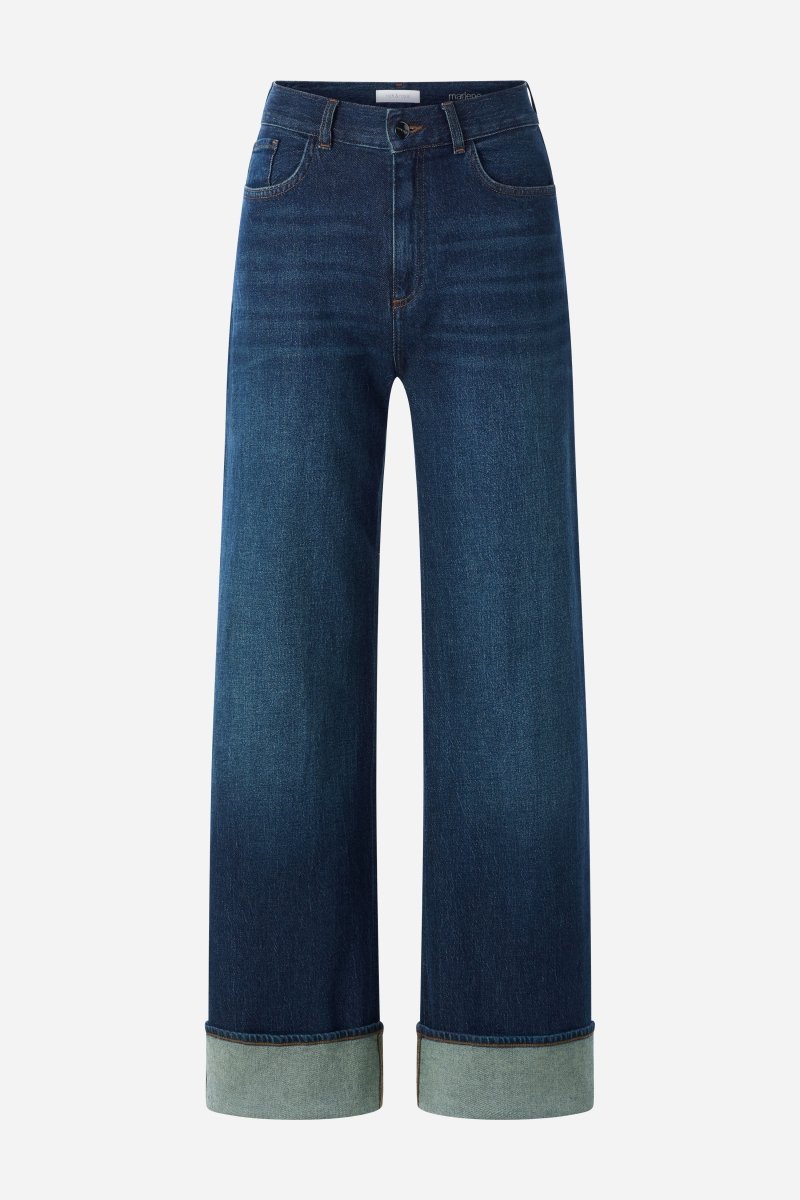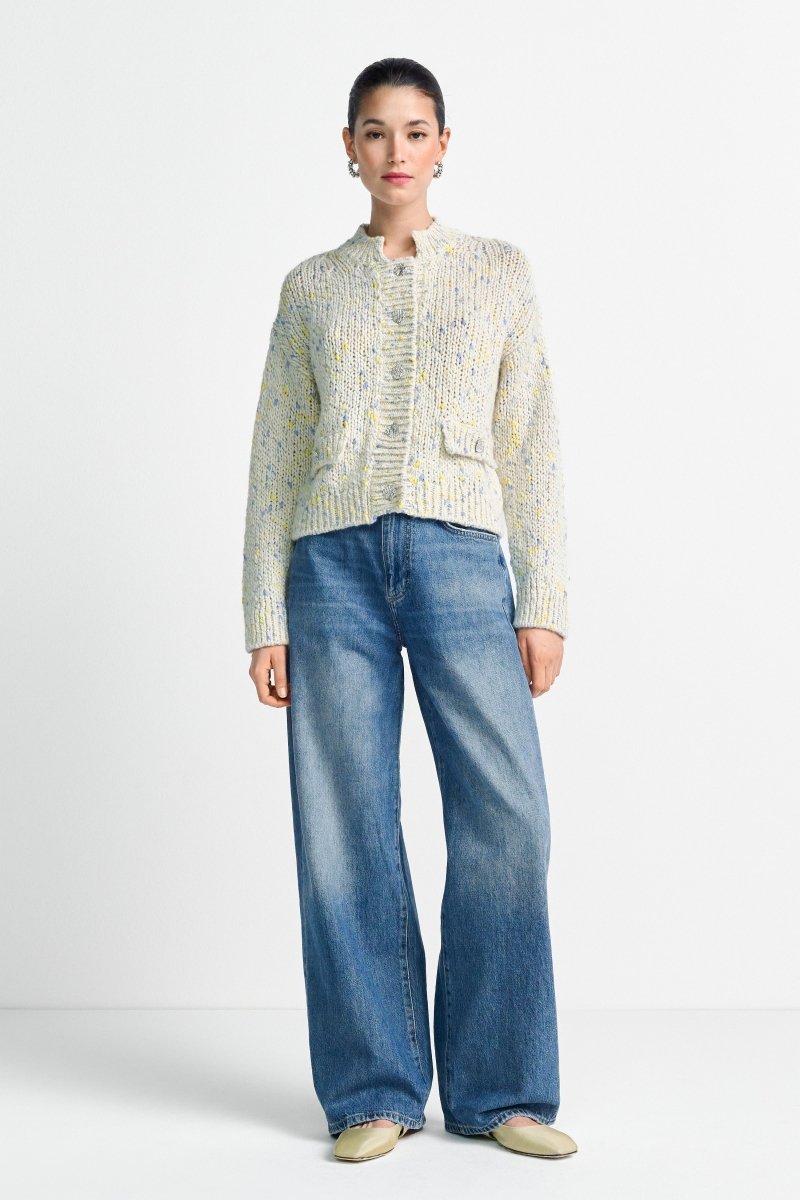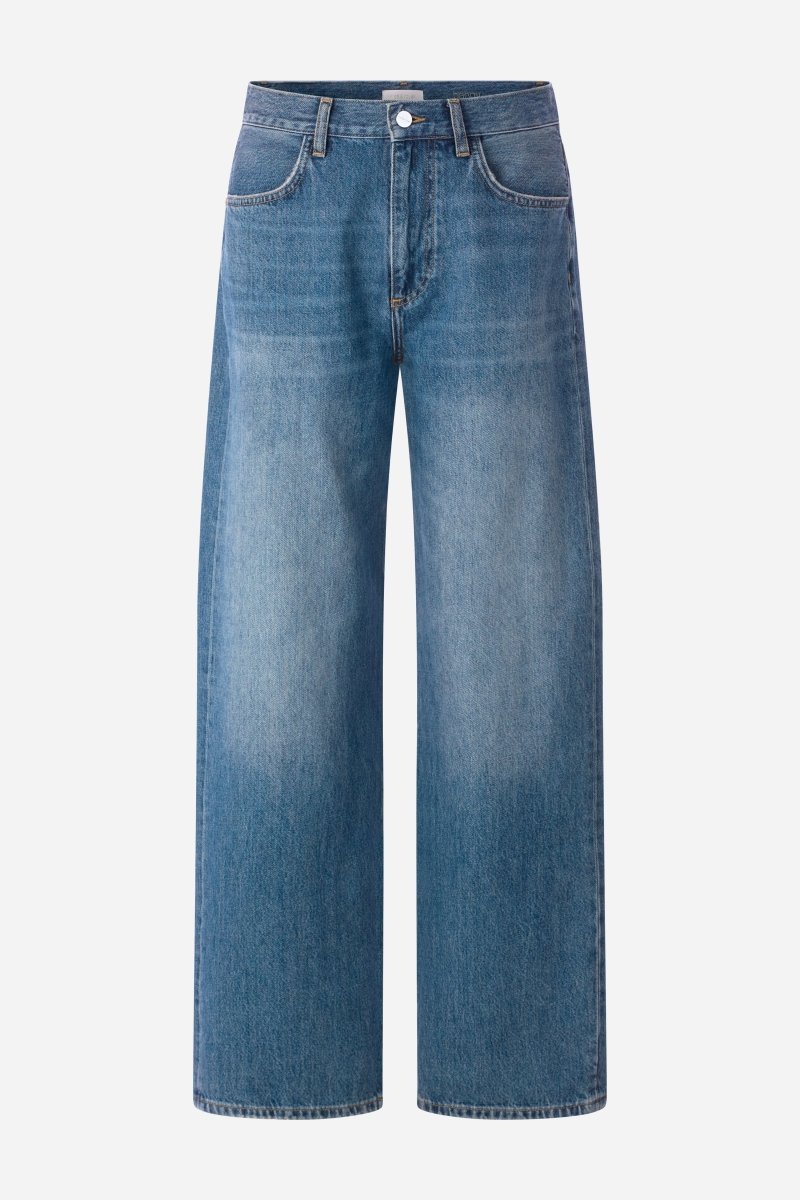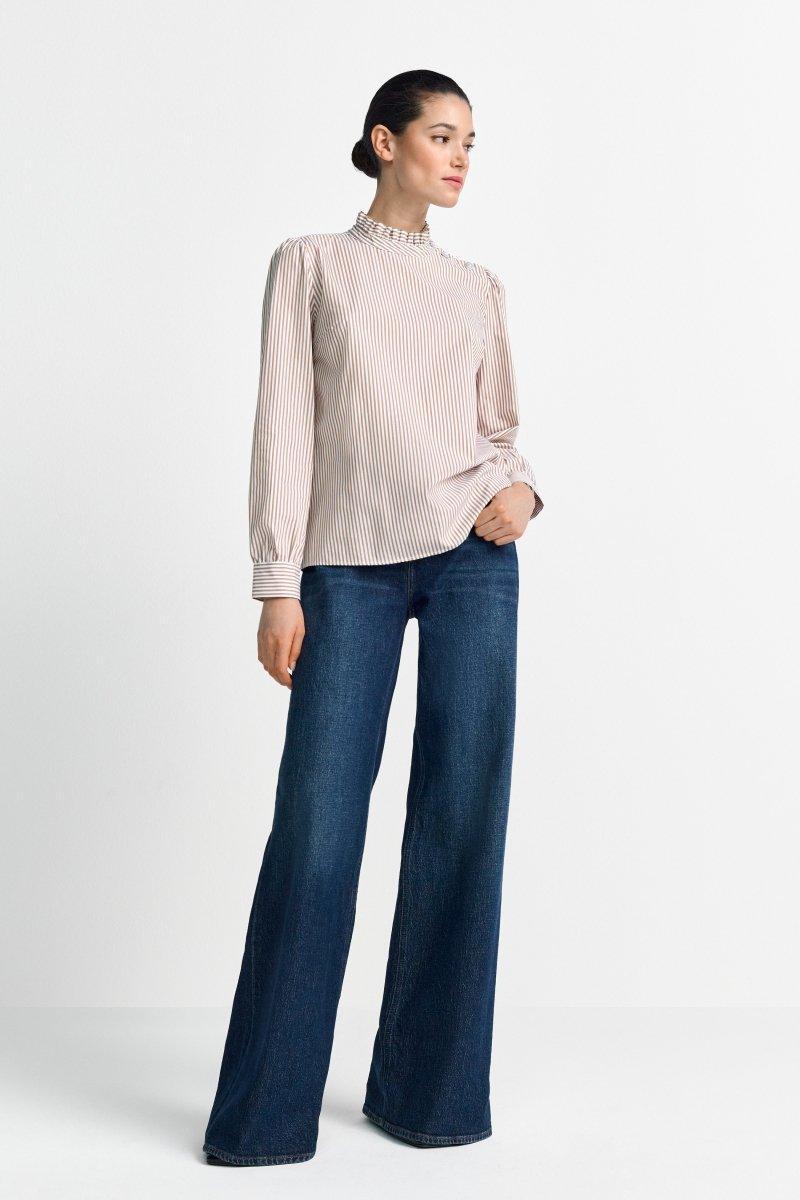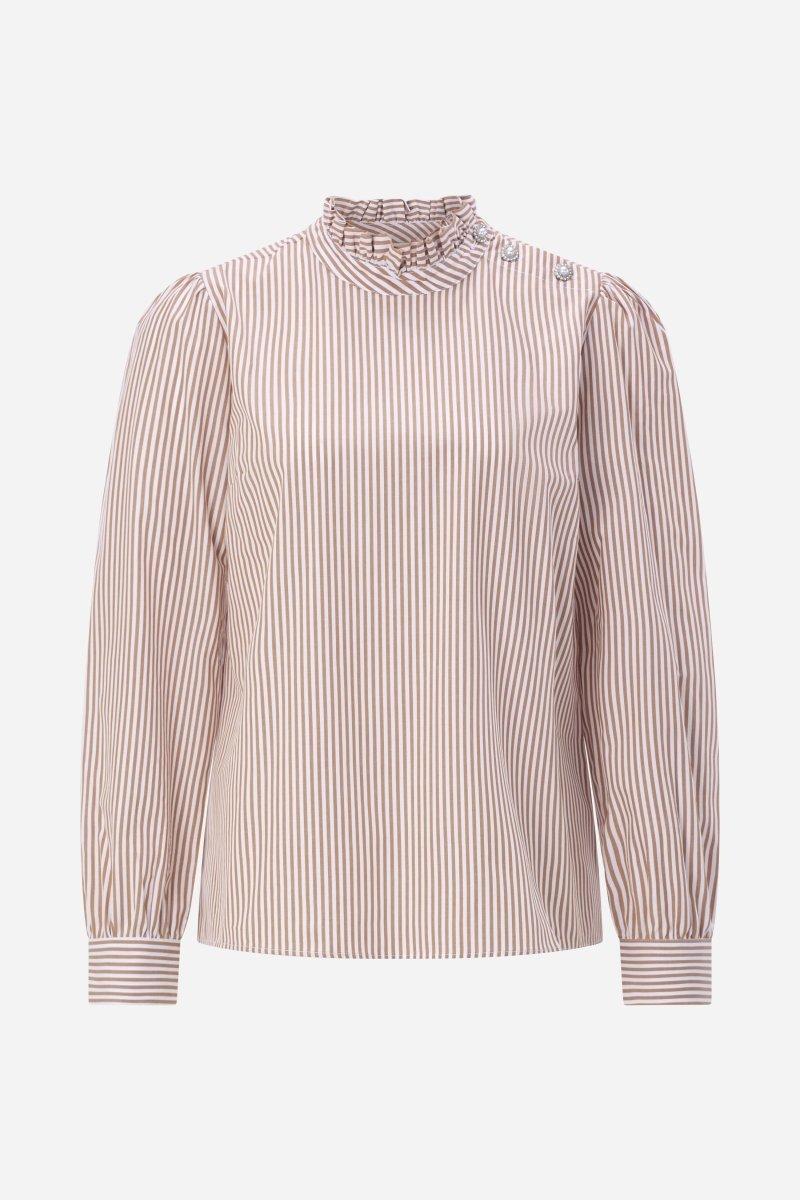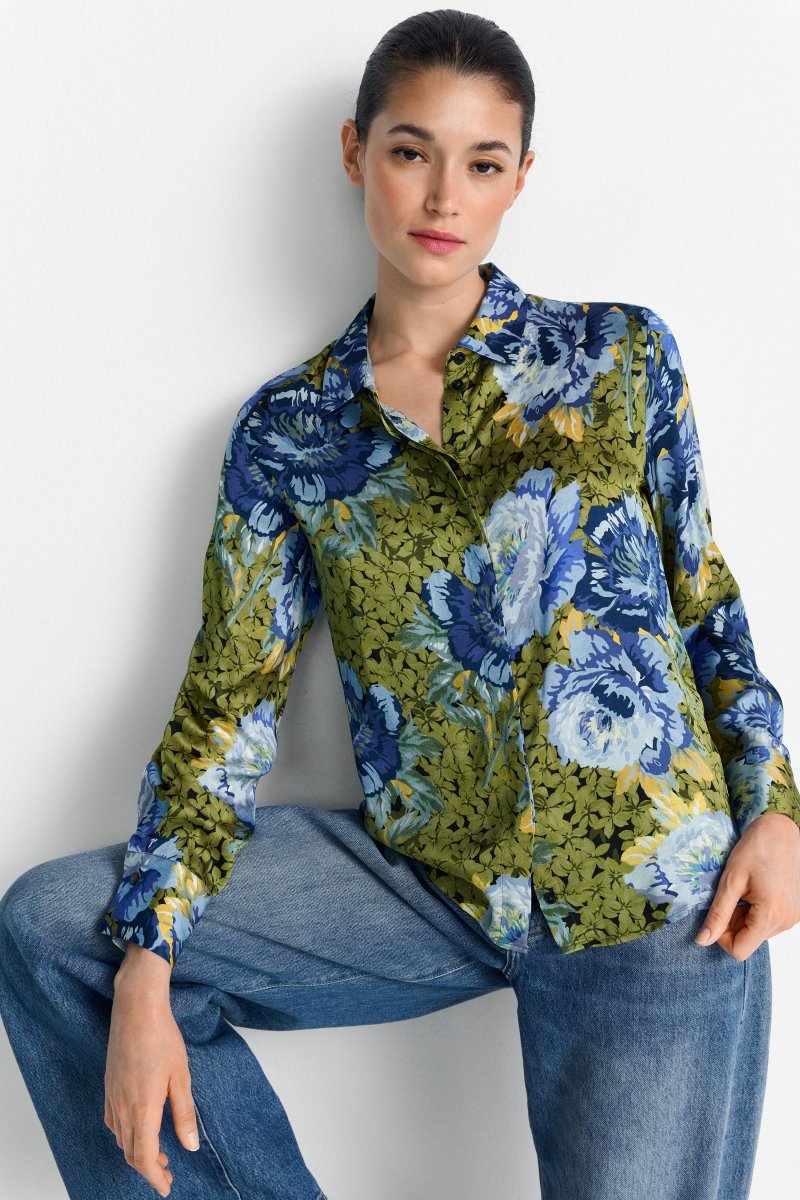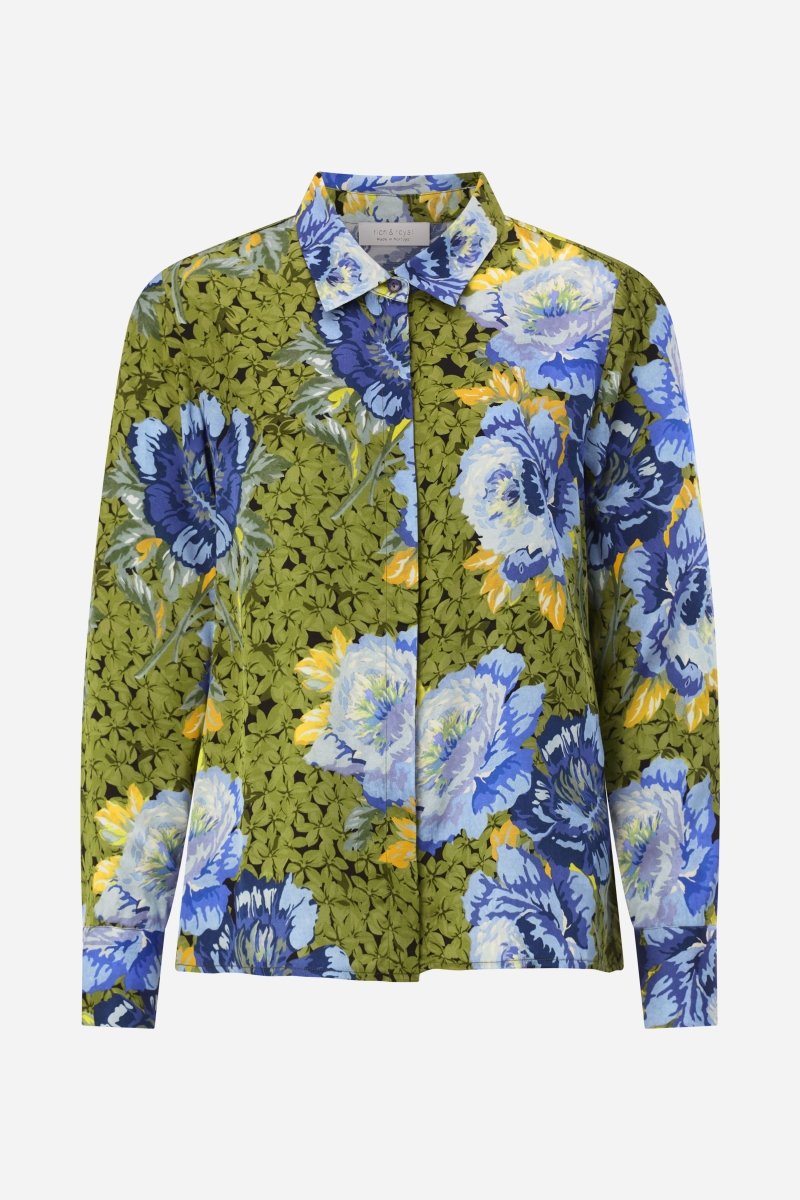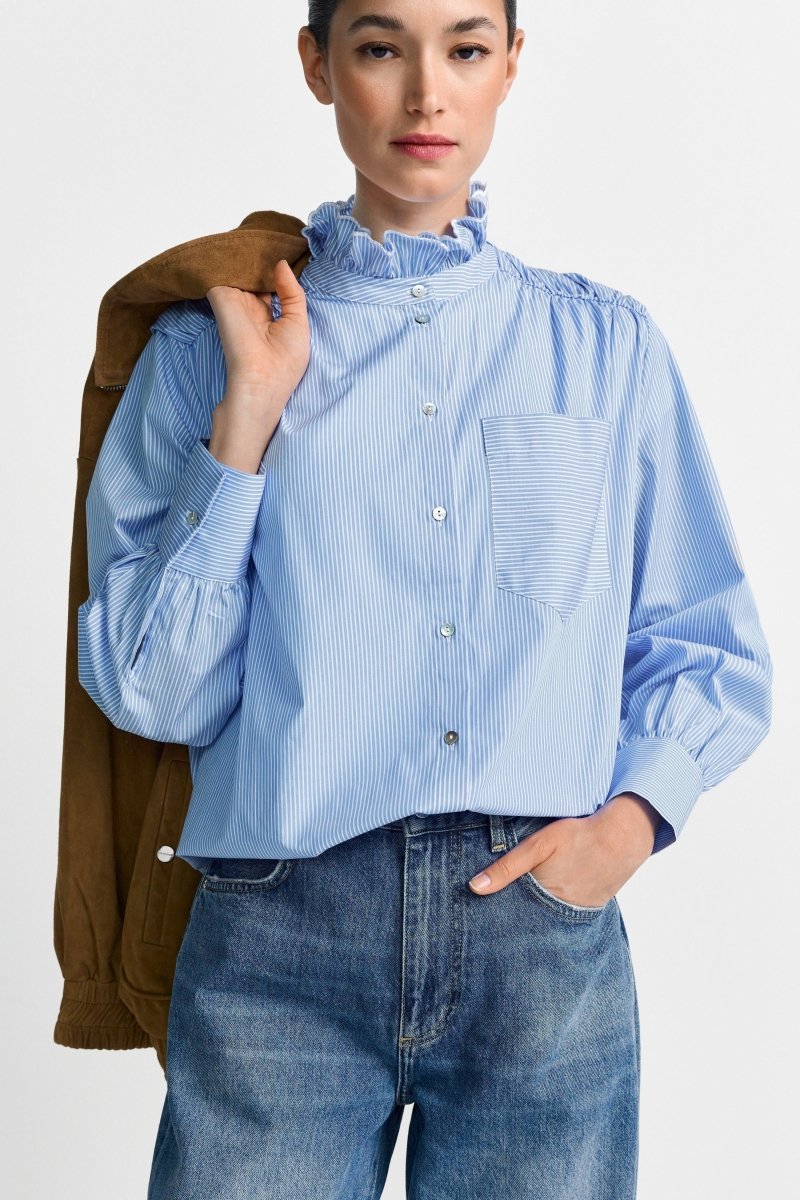The right preparation
Good care begins with careful preparation of the clothes. To avoid damage from small objects or sharp edges: empty all pockets beforehand, close zippers and turn the clothes inside out. In addition, sort the laundry according to colors and materials with similar care properties.
Wash gently
Washing in an environmentally friendly way means washing as infrequently as possible and using as little energy as possible. The lower the temperature and the lower the spin speed, the less energy is used and the gentler the wash cycle is for the clothes. This also means that the washing machine should always be sufficiently loaded to avoid unnecessary wash cycles. For normal clothing, 30 degrees on a short gentle wash cycle with a spin speed of no more than 800 is sufficient. If the items of clothing are not subjected to unusual wear and tear, pre-washing is not necessary. The general rule is: always follow the washing instructions on the label.
Dry gently
Even if it saves time, the dryer is really only suitable for boiled laundry. While wool, viscose and synthetic fibers are completely unsuitable for the dryer, it is also more gentle for the rest of the clothing to air dry. Avoid direct sunlight so that the colors do not fade. Never hang clothes when they are wet, only when they are damp, and dry heavy and delicate items of clothing lying flat so that they retain their shape. Smooth out all wrinkles before hanging.
Less washing
The less often you run the washing machine, the less water and energy you use. This saves resources – and also your clothes, because every wash cycle puts strain on the fabric. A garment should therefore only be put in the washing machine if it is really dirty or heavily used. Conversely, this means: wrinkles are not stains, and lint or pilling are not dirt. Smaller stains can be partially removed by hand to protect not only the entire garment but also the climate.
When to wash?
Usually, only clothes that are close to the body need to be washed after wearing them once. This includes underwear, socks, tight T-shirts, pajamas and sportswear. Everyday clothes such as jeans, shirts and coats, on the other hand, can be aired after wearing to eliminate odors. Natural fibers such as cotton, linen and wool are particularly suitable for this.
Stay fresh longer
To ensure that a piece of clothing stays fresh and beautiful for longer between cleanings, it needs to be handled carefully after use. This includes hanging it up neatly on a hanger and airing it out with plenty of air circulation before putting it back in the closet. Gently smooth the fabric with your hand immediately after taking it off. A hand steamer not only removes wrinkles, but also odors and bacteria. Small stains can be removed with water and a little soap; lint rollers and fabric shavers make clothes look like new even without washing.
Remove stains
Jeans should be washed as infrequently as possible. The reason: the indigo dye, which is responsible for the beautiful blue color, washes out more with each wash. It is better to clean stains partially. A popular trick to combat odors and bacteria: pack jeans in an airtight container and put them in the freezer overnight.
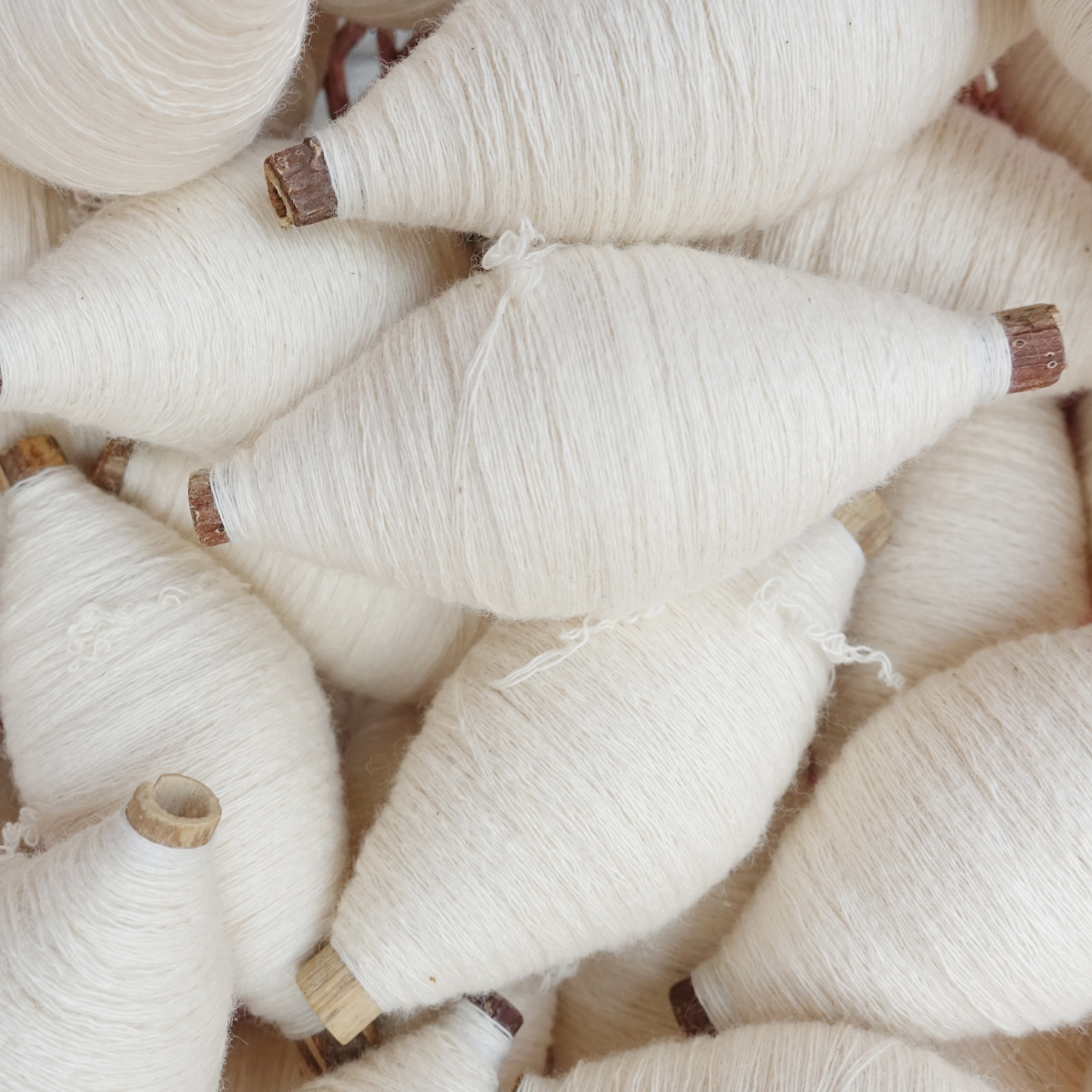
Material care
Cotton
Cotton is durable and easy to care for. If it is very dirty, it can even be washed and hot ironed at high temperatures, depending on the fabric.
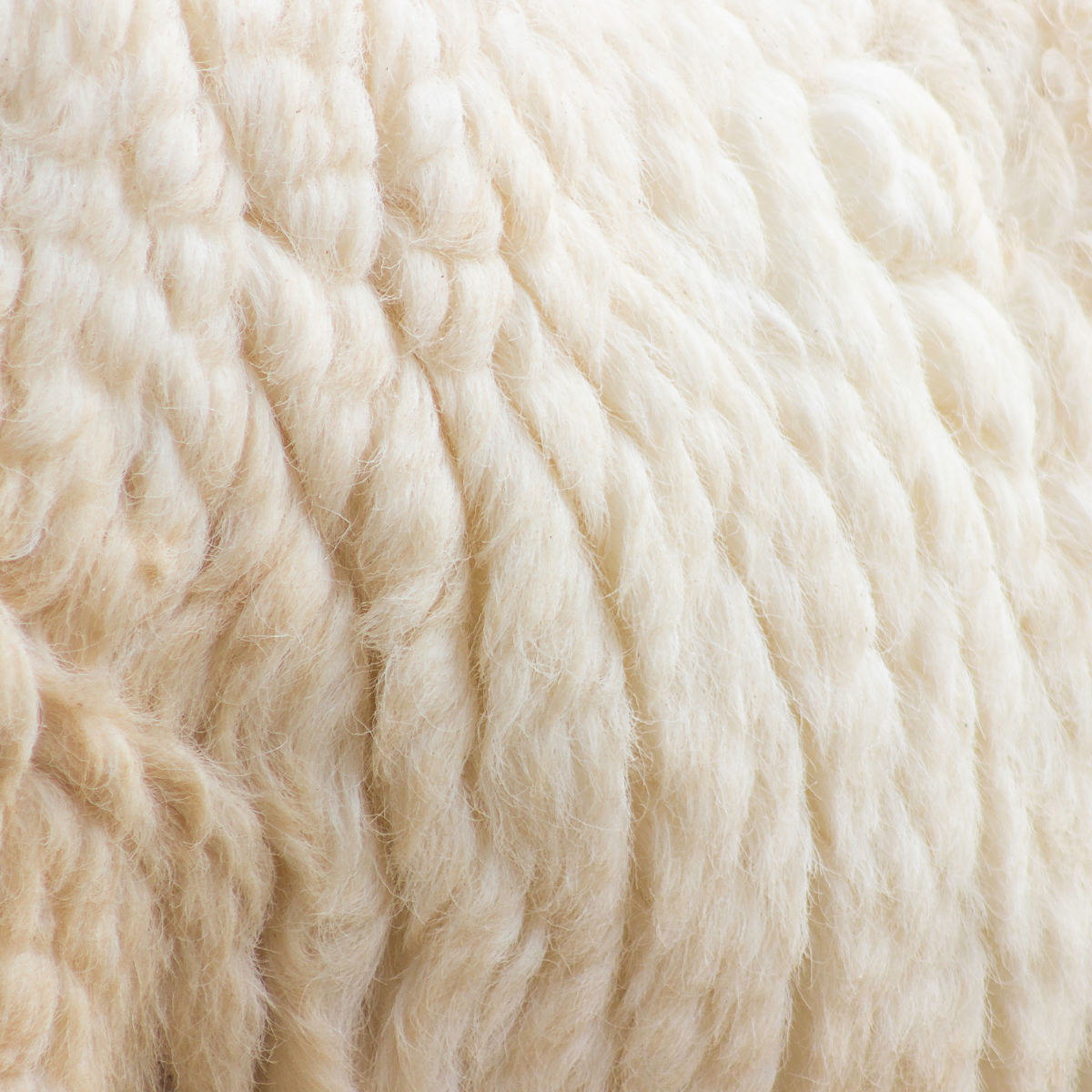
Material care
Wool
To ensure that wool stays cosy and keeps its shape, it should be washed on the wool cycle and with a special wool detergent at a maximum of 30 degrees, unless otherwise stated on the washing label. Then do not iron at a temperature hotter than 170 degrees.
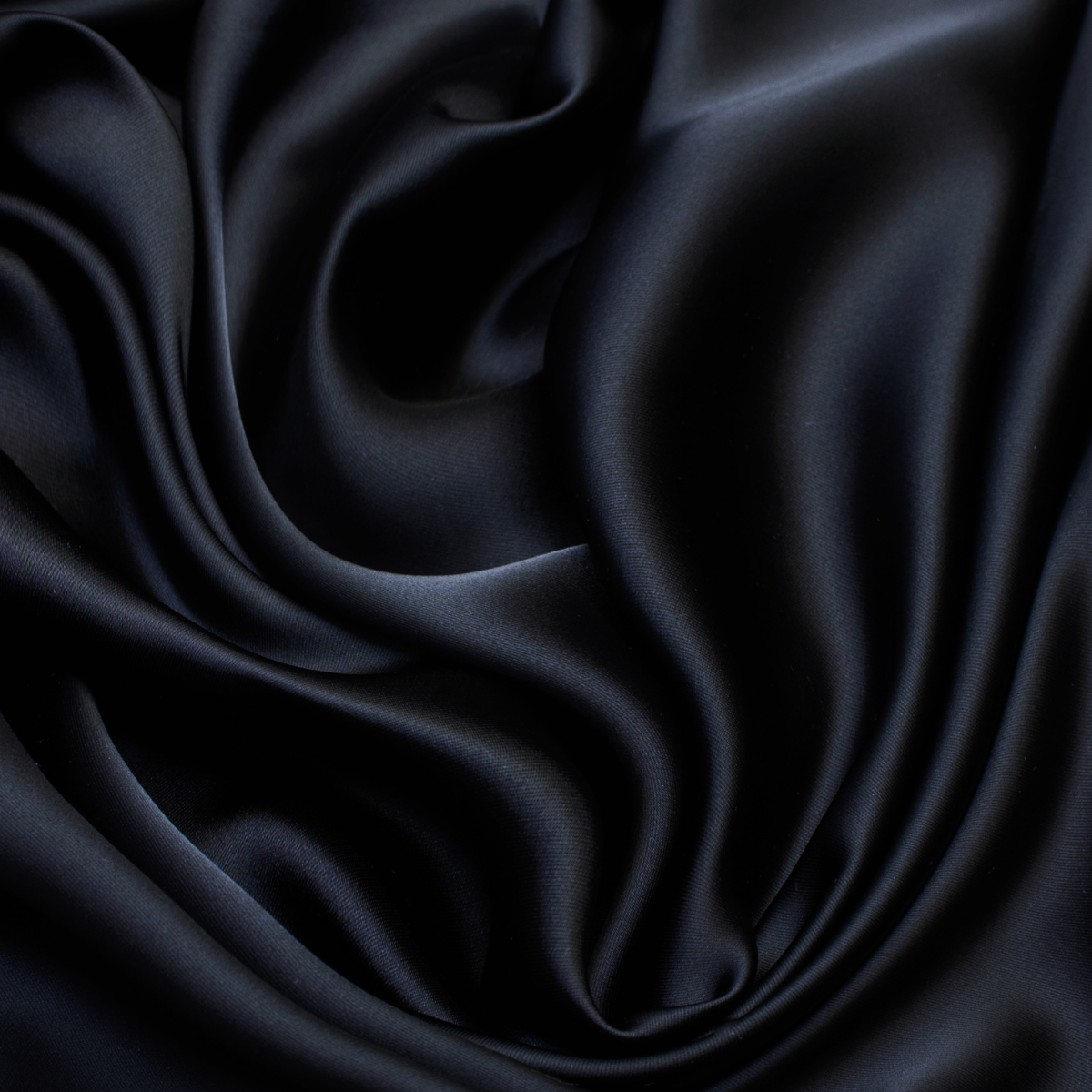
Material care
viscose
Viscose is particularly delicate and can tear easily when wet. After washing, gently smooth viscose garments into shape while they are still wet and iron them on a medium heat setting once they are completely dry.
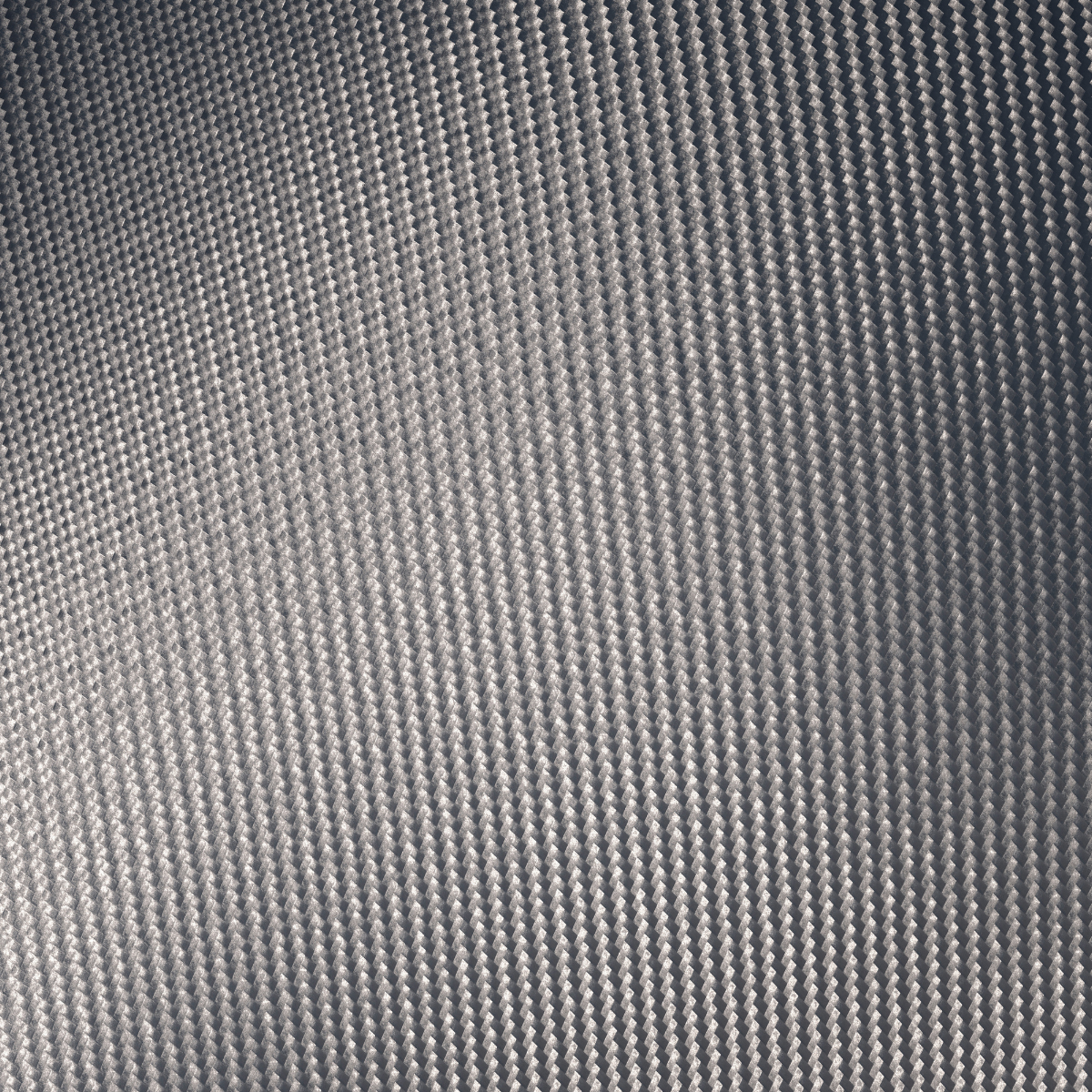
Material care
Synthetic fibers
Easy-care synthetic fibers include polyester, polyamide, polyacrylic and elastane. They can all generally be washed at a maximum of 40 degrees using a gentle cycle and ironed at low temperatures.
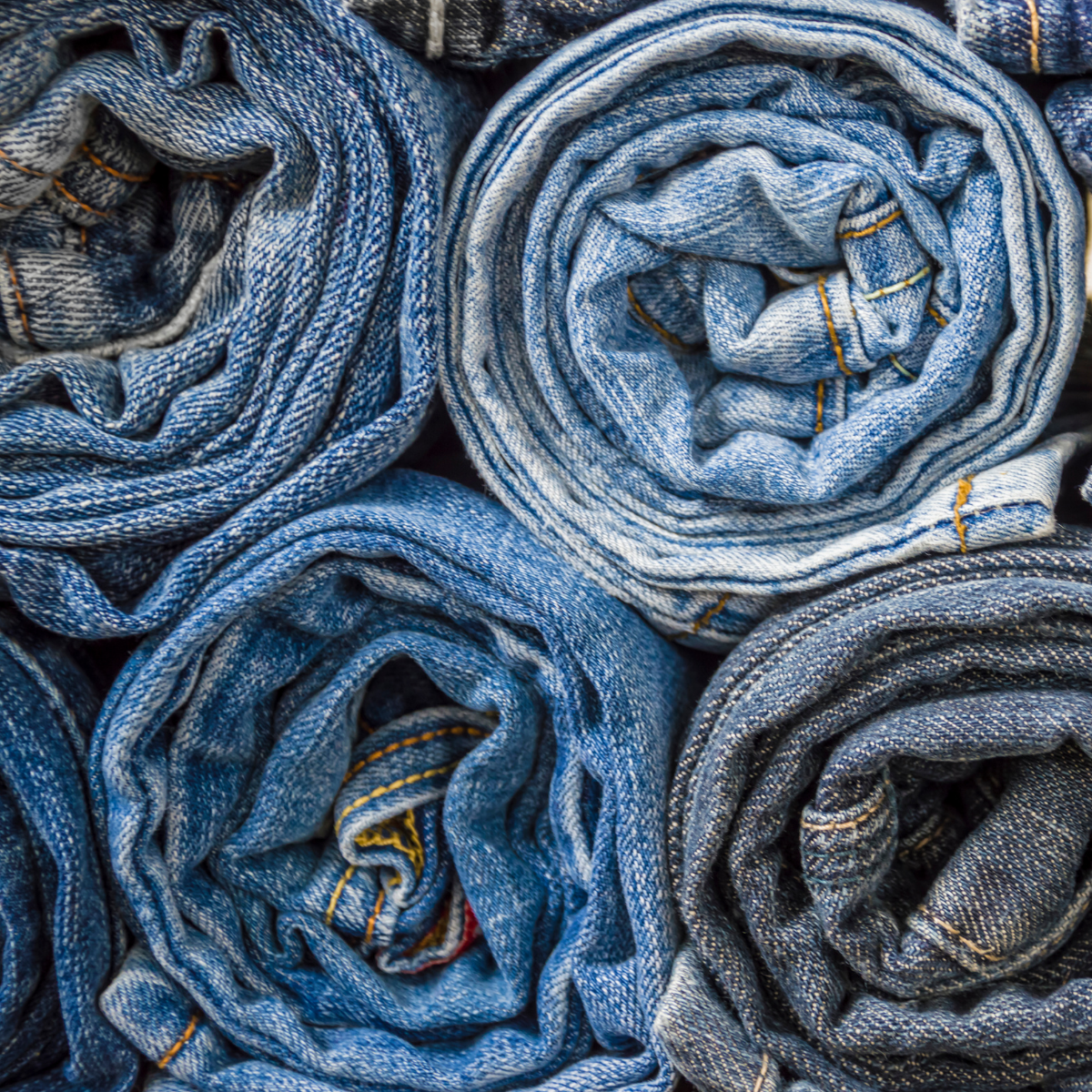
Material care
denim
Jeans should be washed as infrequently as possible. The reason: the indigo dye, which is responsible for the beautiful blue color, washes out more with each wash. It is better to clean stains partially. A popular trick to combat odors and bacteria: pack jeans in an airtight container and put them in the freezer overnight.

Washing symbols
Wash
Our tip: If the laundry is normally dirty, a lower washing temperature than the maximum temperature indicated is often sufficient. This not only protects your laundry, but also the environment.
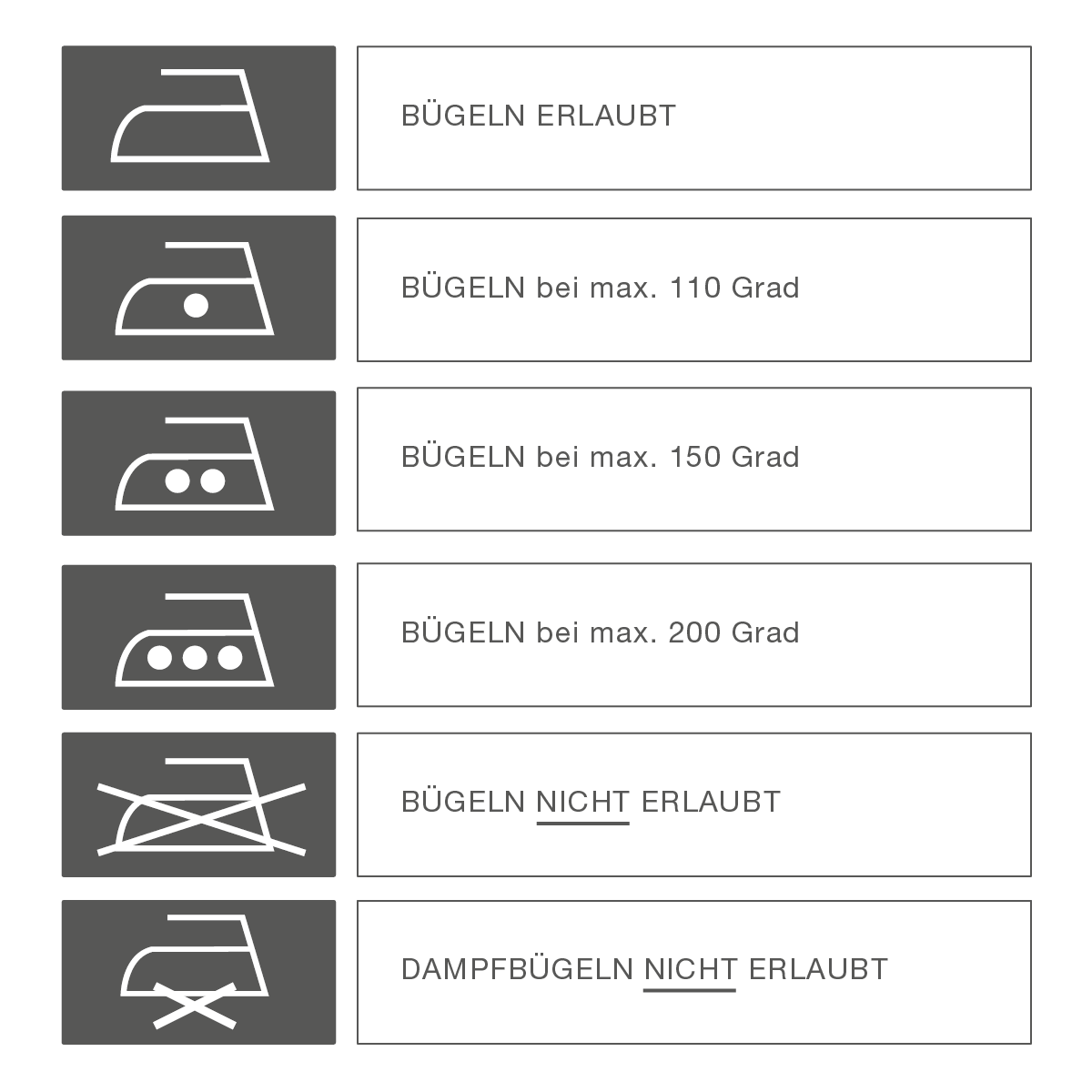
Washing symbols
Iron
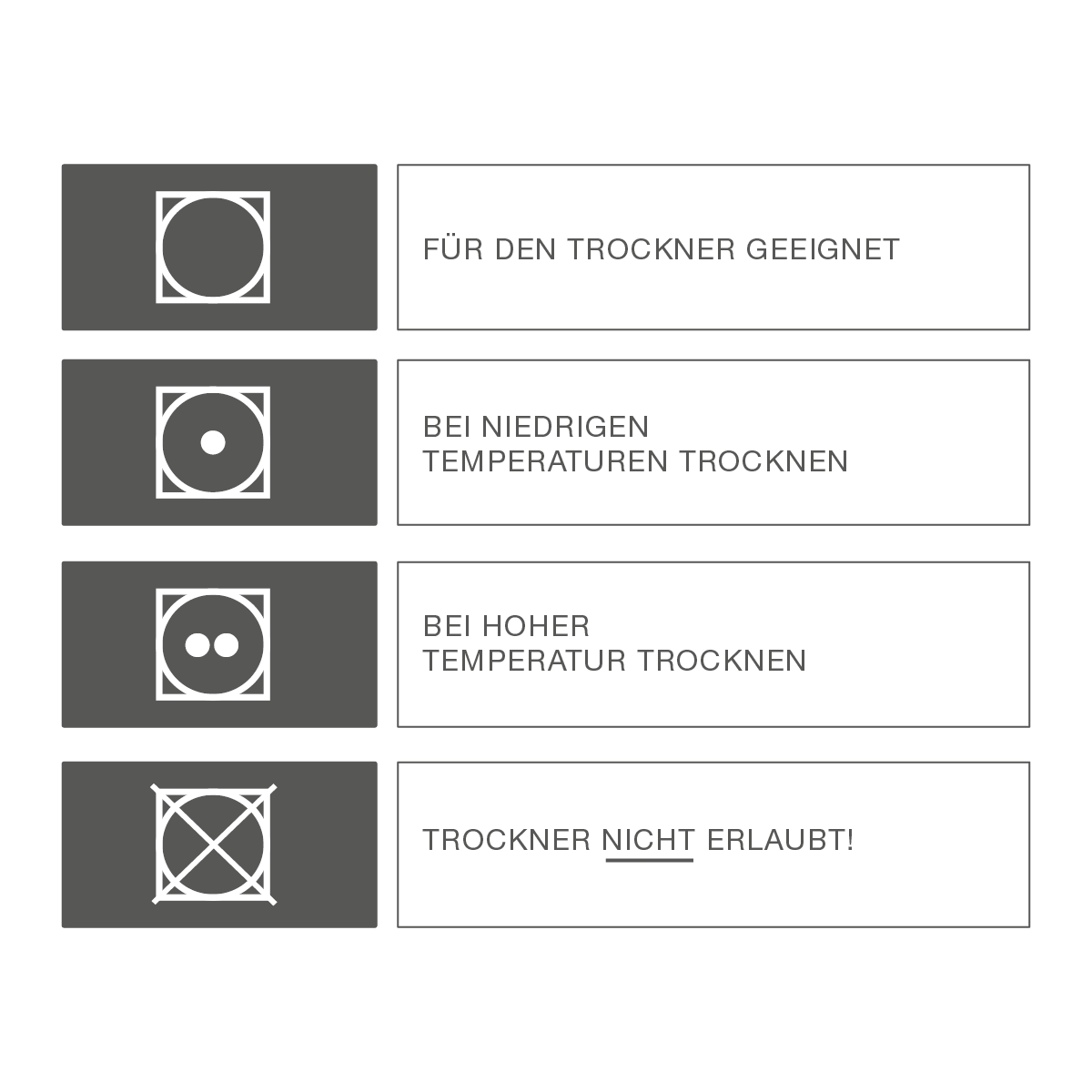
Washing symbols
dry
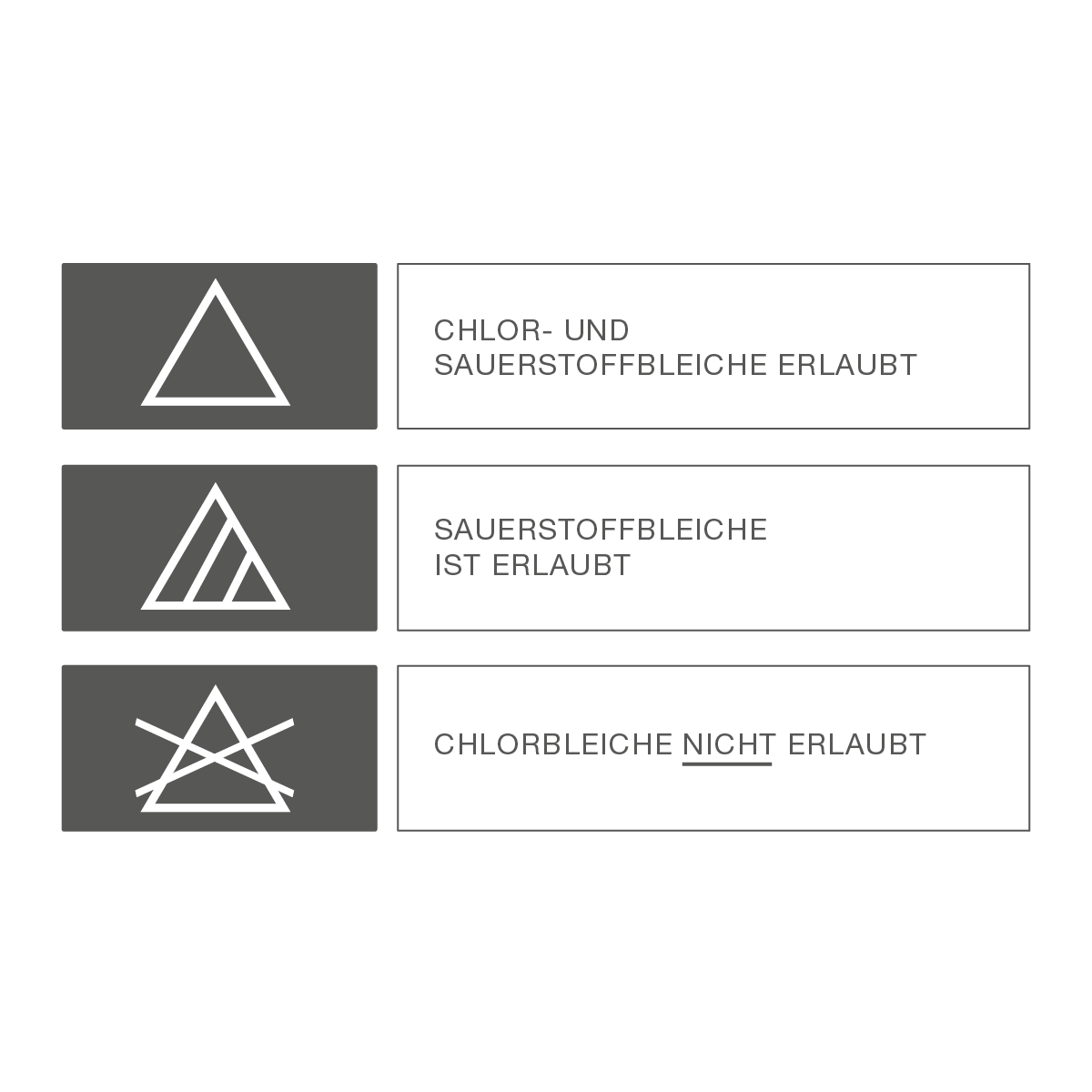
Washing symbols
bleaching
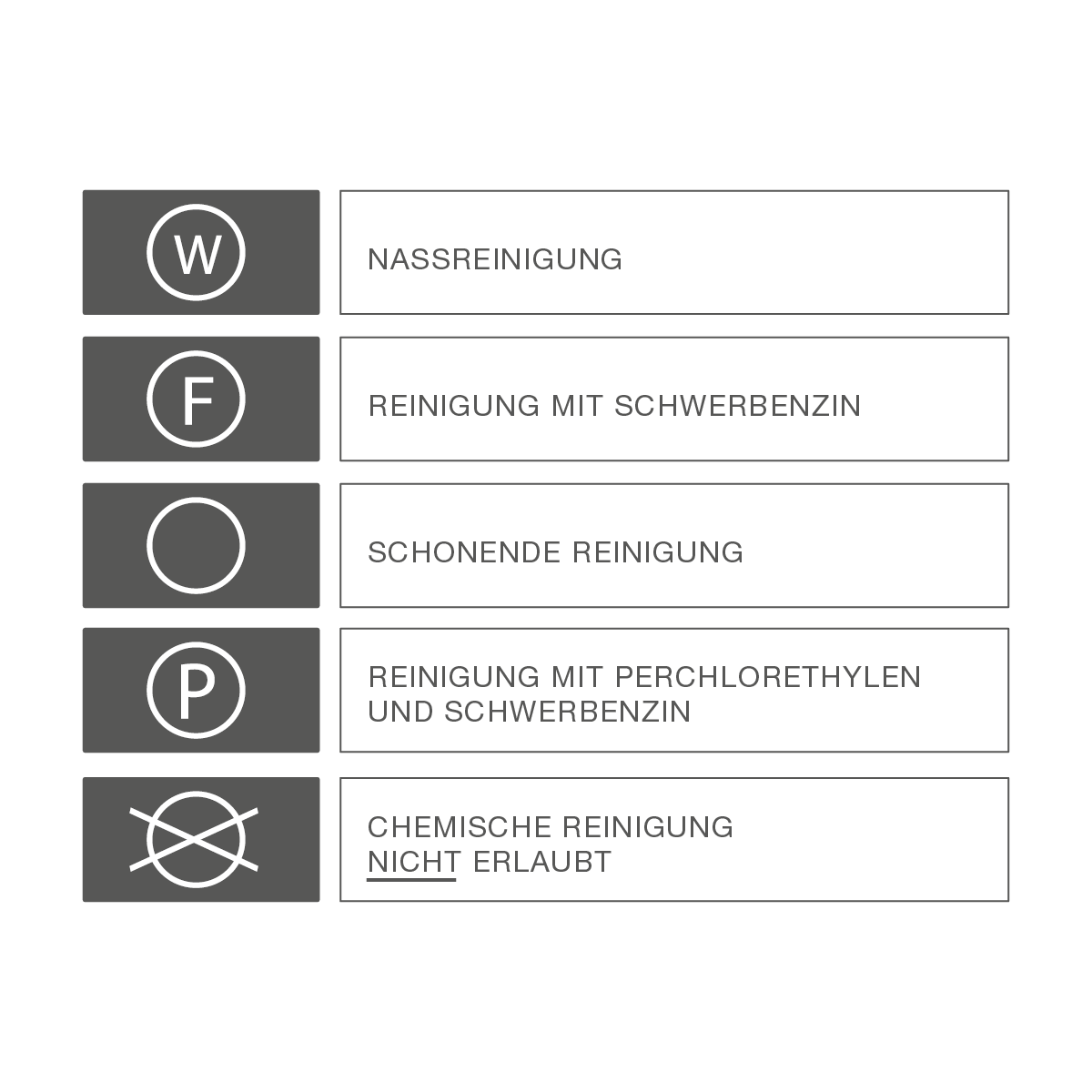
Washing symbols
Chemical cleaning
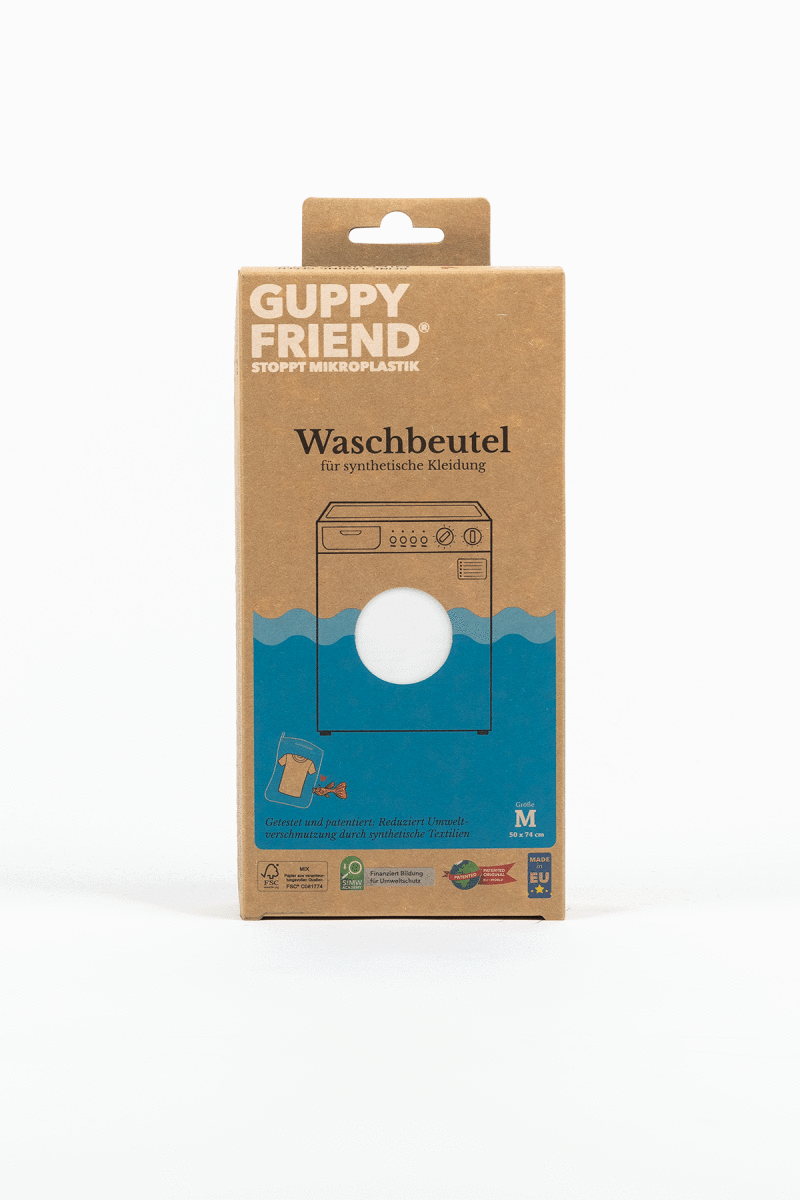
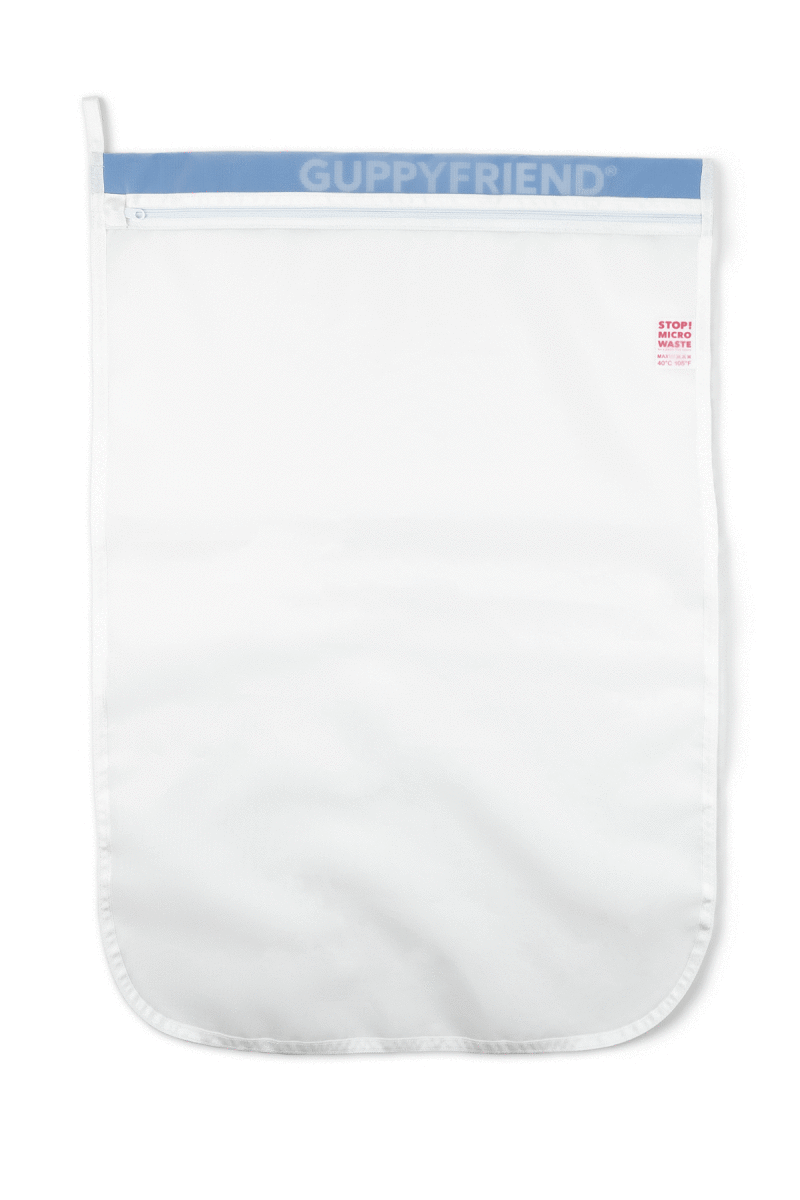
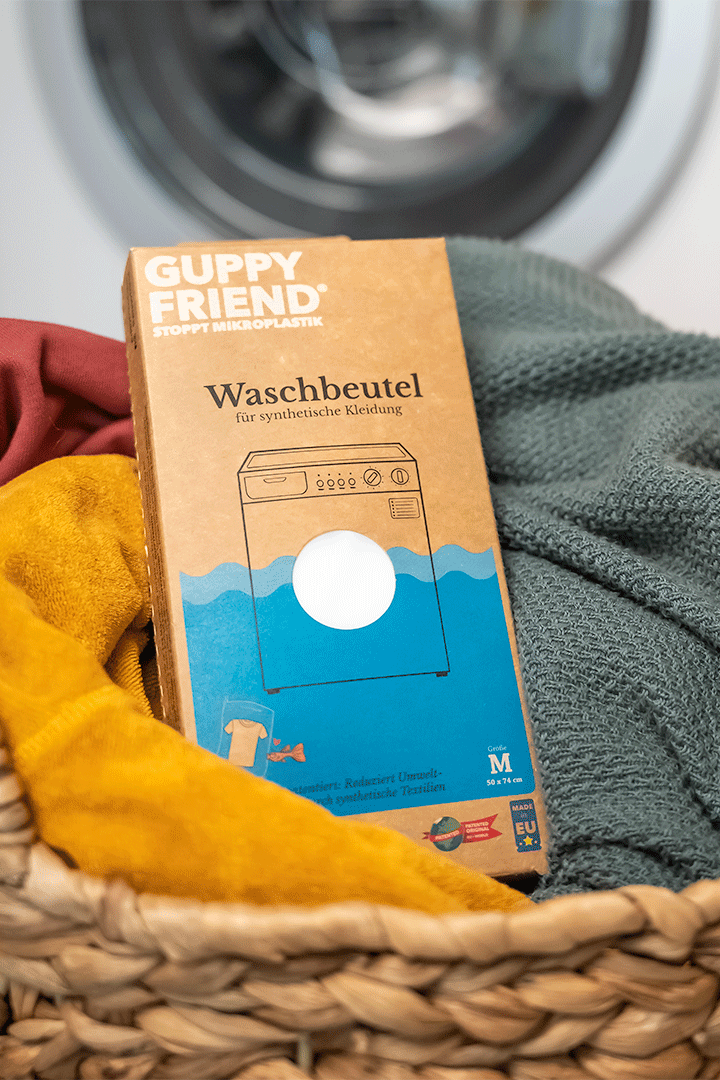
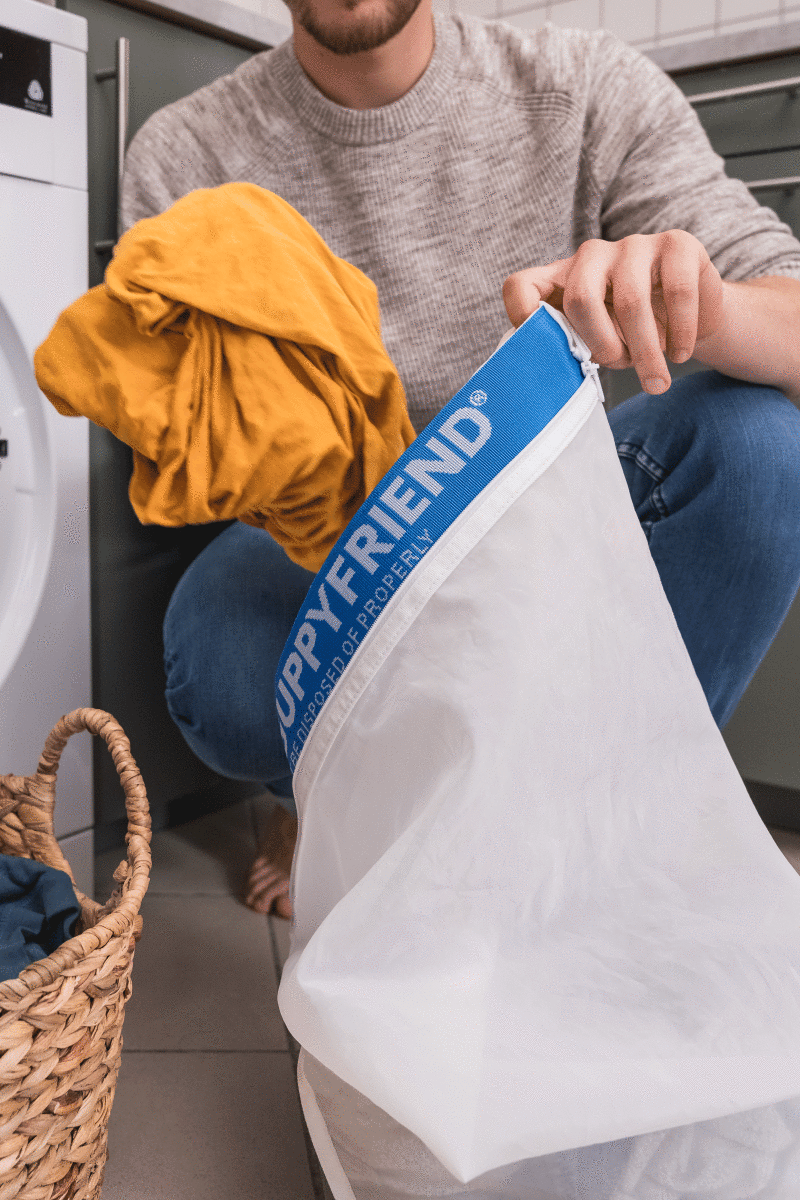
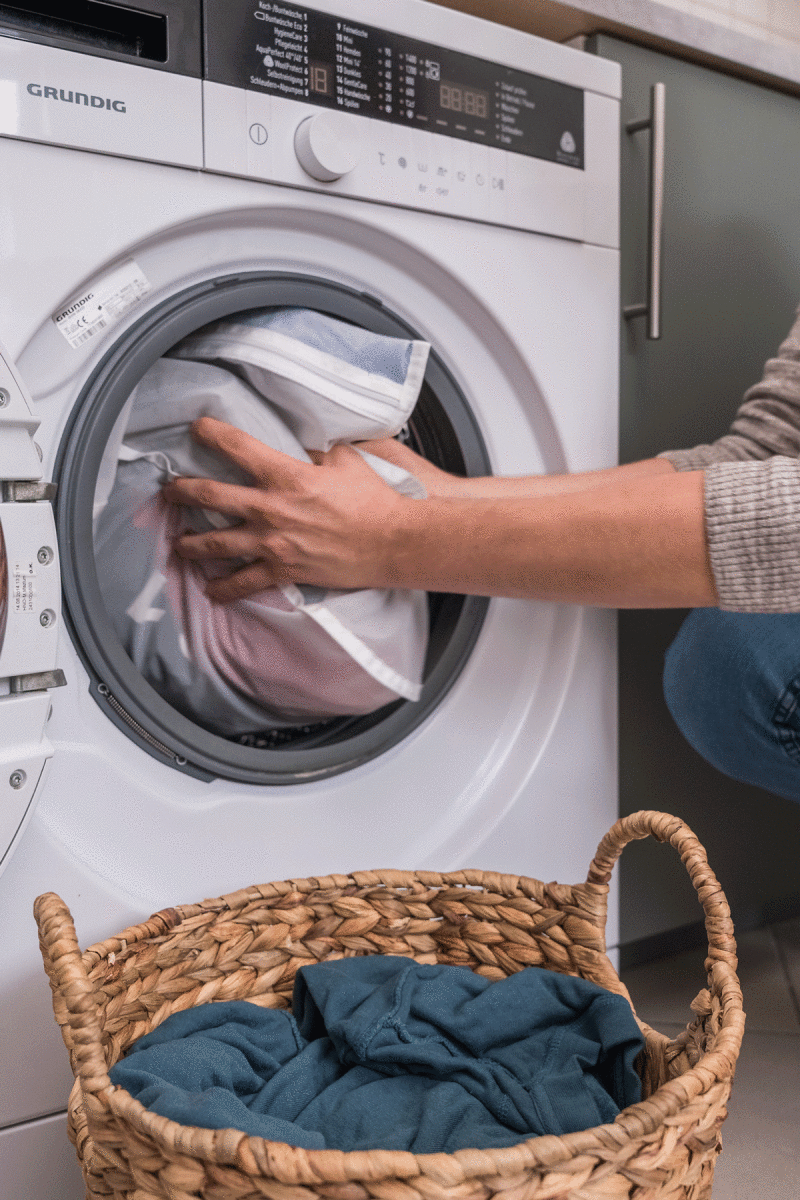
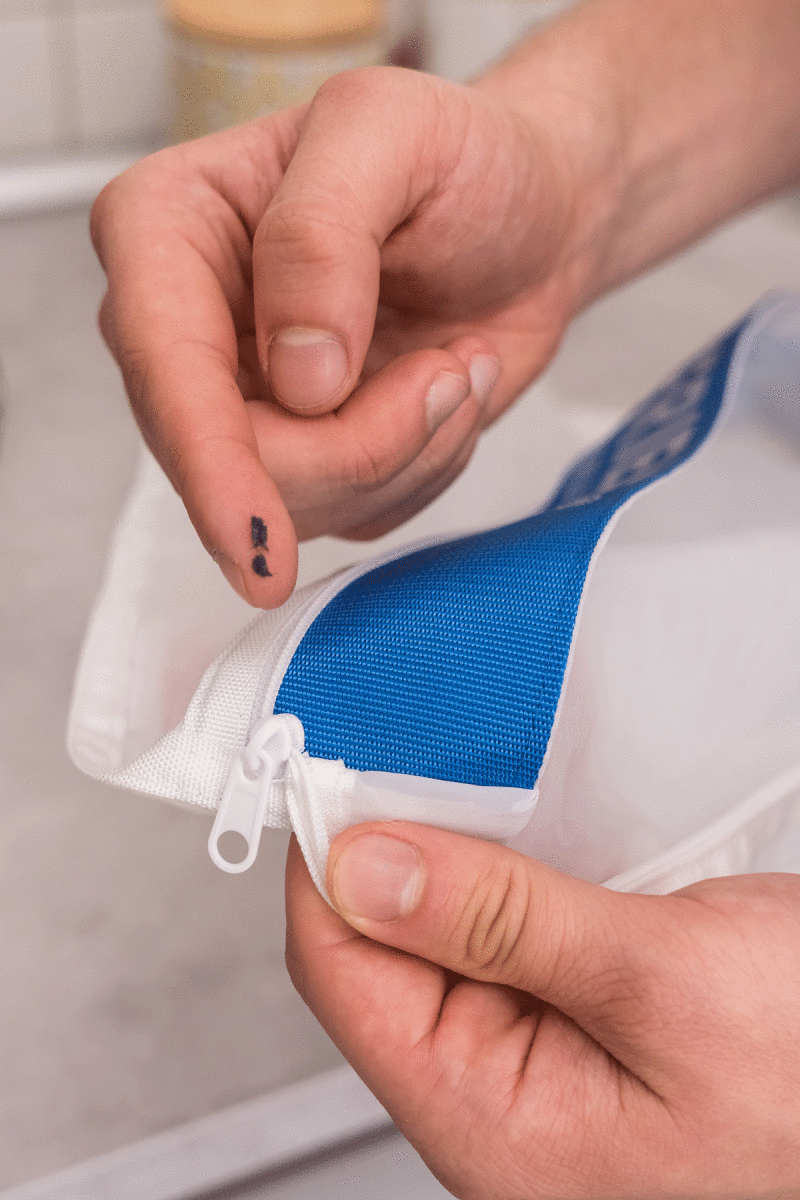
Additional protection for clothing is provided by the innovative GUPPYFRIEND wash bag, both for textiles and the environment.
Scientific tests have shown: Due to the gentle washing in the bag, garments made of synthetic fabrics and material blends with synthetic components lose fewer fibers, so that the quality is maintained for a long time. The few fibers that inevitably break off are collected in the wash bag - so that the microplastic particles do not end up in the wastewater, do not pollute the oceans, are not ingested by marine animals and ultimately do not end up on our plates or in other products.
- Material: untreated polyester (PET)
- Made in Europe
- Size M: 50 x 74 cm
- 100% plastic free packaging
The wash bag by GUPPYFRIEND is available here in our online store. The proceeds will be donated to the charity "STOP! Micro Waste" charity.


